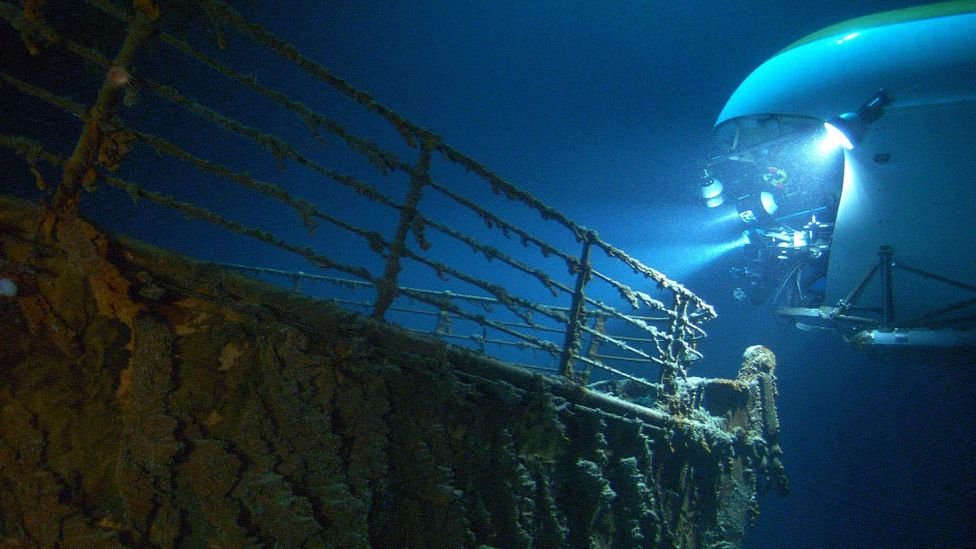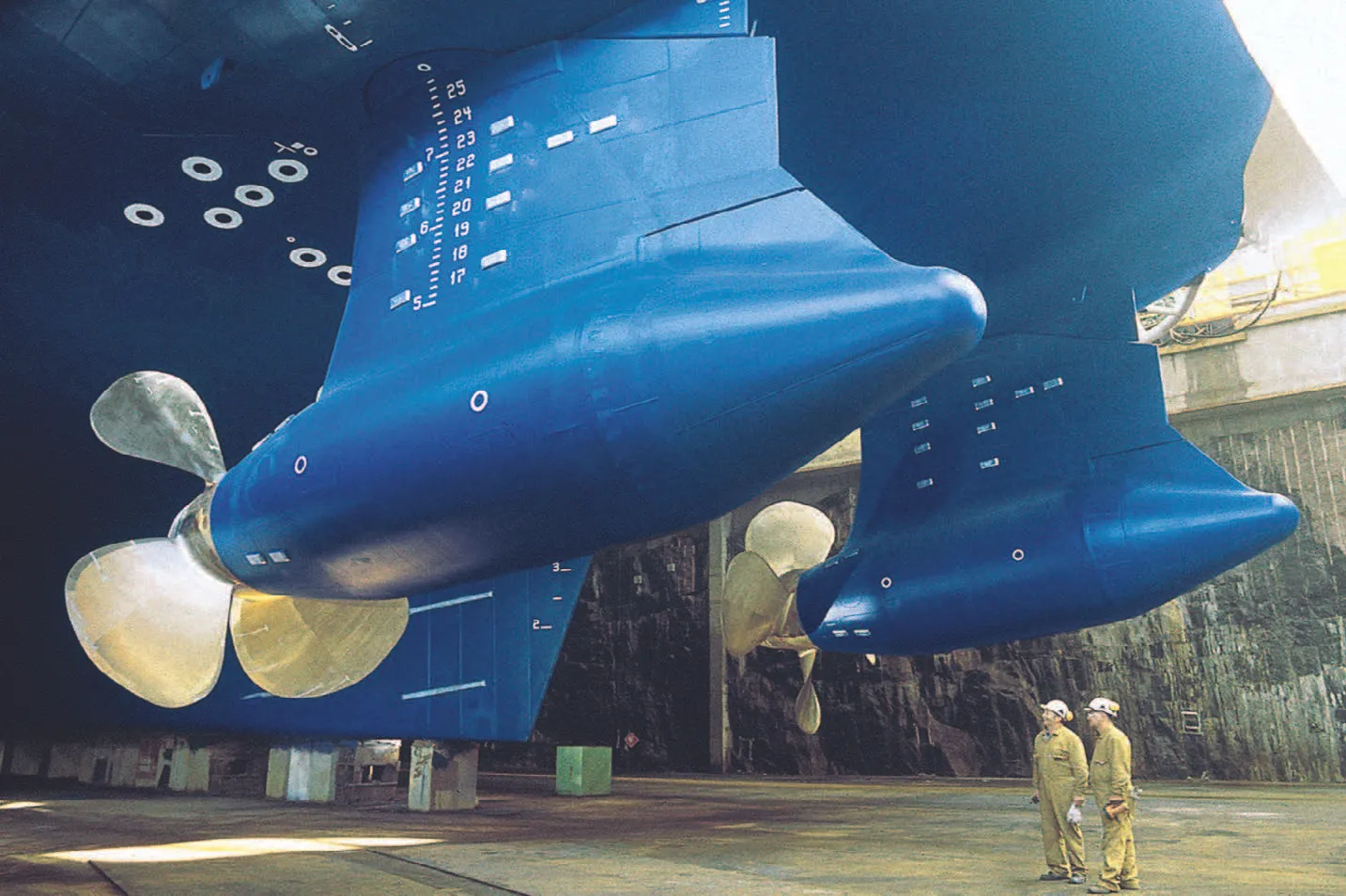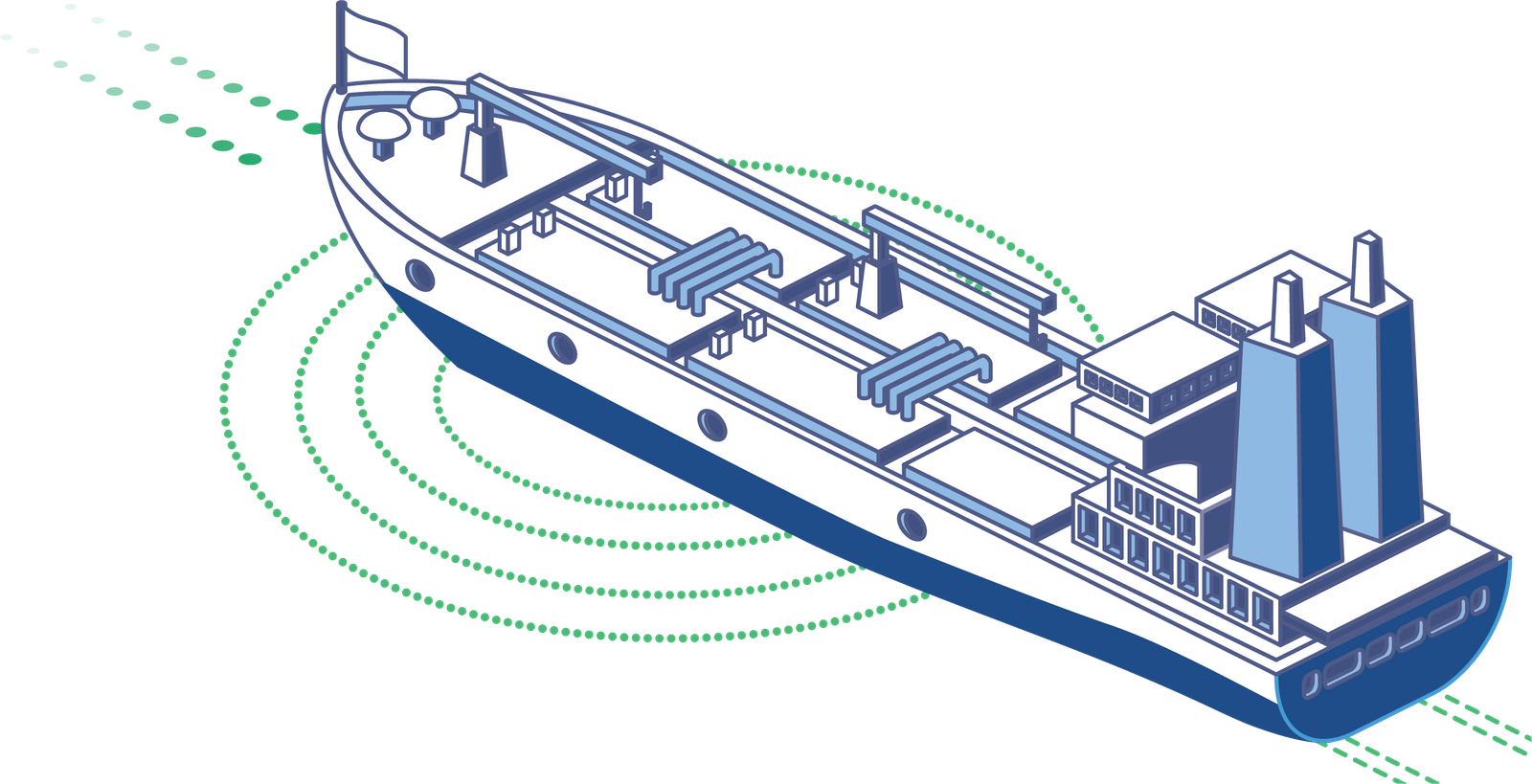
What does SOLAS stand for ?
SOLAS stands for Safety Of Life At SEA
The International Convention for the Safety of Life at Sea (SOLAS) is an international maritime treaty that sets minimum safety standards in the construction, equipment and operation of merchant ships. The International Maritime Organization convention requires signatory flag states to ensure that ships flagged by them comply with at least these standards.
The current version of SOLAS is the 1974 version, known as SOLAS 1974, which came into force on 25 May 1980. As of April 2022, SOLAS 1974 has 167 contracting states, which flag about 99% of merchant ships around the world in terms of gross tonnage.
SOLAS in its successive forms is generally regarded as the most important of all international treaties concerning the safety of merchant ships.
Did the sinking of the TITANIC give birth to SOLAS ?
Well quite simply.. YES !!
The first version of SOLAS Treaty was passed in 1914 in response to the sinking of RMS Titanic, which prescribed numbers of lifeboats and other emergency equipment along with safety procedures, including continuous radio watches. The 1914 treaty never entered into force due to the outbreak of the First World War.
Further versions were adopted in 1929 and 1948.

Is everyone a “member” of SOLAS ?
There isn’t exactly members of SOLAS as it’s a convention and something that countries have adopted. The non-parties to SOLAS 1974 include numerous landlocked countries (for obvious reasons), as well as El Salvador, Micronesia and East Timor. Some others including Bolivia, Lebanon and Sri Lanka, all considered flag of convenience states, are deemed to have “potentially negative performance” regarding ratification.
Today, 164 flag states that register 99% of merchant ships sailing at sea are following SOLAS. All of these states must follow the minimum standards mentioned in SOLAS.
Compliance with SOLAS regulations ensures that working at sea is much safer than before. As an extension, SOLAS also ensures the safety of ships and the environment.
SOLAS, along with the MARPOL and the STCW convention forms the three most important pillars to ensure maritime safety and pollution prevention.
SOLAS Chapters
All the SOLAS safety regulations are well-segregated into 14 chapters that are based on specific niches in the shipping industry.
The SOLAS chapters list is as follows:
Chapter I: General Provisions
Chapter II-1: Construction – Structure, Subdivision and Stability, Machinery and Electrical Installations
Chapter II-2: Construction – Fire Protection, Fire Detection and Fire Extinction
Chapter III: Life-saving Appliances and Arrangements
Chapter IV: Radiocommunications
Chapter V: Safety of Navigation
Chapter VI: Carriage of Cargoes and Oil Fuels
Chapter VII: Carriage of Dangerous Goods
Chapter VIII: Nuclear ships
Chapter IX: Management for the Safe Operation of Ships
Chapter X: Safety Measures for High-Speed Craft
Chapter XI-1: Special Measures to Enhance Maritime Safety
Chapter XI-2: Special Measures to Enhance Maritime Security
Chapter XII: Additional Safety Measures for Bulk Carriers
Chapter XIII: Verification of Compliance
Chapter XIV: Safety Measures for Ships Operating in Polar Waters
How many chapters in SOLAS?
There are a total of 14 chapters in SOLAS.
Which ships does SOLAS apply to?
The present regulations apply to ships engaged on international voyages unless expressly provided otherwise. These include passenger ships (>12 passengers) and cargo ships (all ships that are not passenger ships).
If a vessel that does not normally do international voyages must undertake one international voyage, it may be allowed to do so without complying with the current SOLAS regulations provided that the safety requirements are adequate in the opinion of the flag state for the voyage to be undertaken by the ship.
Which ships does SOLAS not apply to?
Unless expressly mentioned otherwise, the present SOLAS regulations do not apply to:
Ships of war and troopships
Cargo ships of less than 500 tons gross tonnage
Ships not propelled by mechanical means
Wooden ships of primitive build
Pleasure yachts not engaged in trade
Fishing vessels
SOLAS also does not apply to vessels sailing only in the Great Lakes of North America and the River St. Lawrence as far east as a straight line drawn from Cap des Rosiers to West Point, Anticosti Island and, on the north side of Anticosti Island, the 63rd Meridian.
Where is SOLAS training manual located?
As per SOLAS chapter III, regulation 35, a training manual must be located in each crew mess room and recreation room or in each crew cabin.
Most vessels hold three controlled copies, one in each of the two mess rooms and one in the Master’s office. A DPA also holds a controlled copy.
No more unauthorised or uncontrolled copies of the training manual are to be created or circulated without prior written permission.
Provisions of SOLAS
Chapter I – General Provisions
Includes regulations concerning the survey of the various types of ships and the issuing of documents signifying that the ship meets the requirements of the Convention. The Chapter also includes provisions for the control of ships in ports of other Contracting Governments.
Chapter II-1 – Construction – Subdivision and stability, machinery and electrical installations
The subdivision of passenger ships into watertight compartments must be such that after assumed damage to the ship’s hull the vessel will remain afloat and stable. Requirements for watertight integrity and bilge pumping arrangements for passenger ships are also laid down as well as stability requirements for both passenger and cargo ships.
The degree of subdivision – measured by the maximum permissible distance between two adjacent bulkheads – varies with ship’s length and the service in which it is engaged. The highest degree of subdivision applies to passenger ships.
Requirements covering machinery and electrical installations are designed to ensure that services which are essential for the safety of the ship, passengers and crew are maintained under various emergency conditions.
“Goal-based standards” for oil tankers and bulk carriers were adopted in 2010, requiring new ships to be designed and constructed for a specified design life and to be safe and environmentally friendly, in intact and specified damage conditions, throughout their life. Under the regulation, ships should have adequate strength, integrity and stability to minimize the risk of loss of the ship or pollution to the marine environment due to structural failure, including collapse, resulting in flooding or loss of watertight integrity.
Chapter II-2 – Fire protection, fire detection and fire extinction
Includes detailed fire safety provisions for all ships and specific measures for passenger ships, cargo ships and tankers.
They include the following principles: division of the ship into main and vertical zones by thermal and structural boundaries; separation of accommodation spaces from the remainder of the ship by thermal and structural boundaries; restricted use of combustible materials; detection of any fire in the zone of origin; containment and extinction of any fire in the space of origin; protection of the means of escape or of access for fire-fighting purposes; ready availability of fire-extinguishing appliances; minimization of the possibility of ignition of flammable cargo vapour.
Chapter III – Life-saving appliances and arrangements
The Chapter includes requirements for life-saving appliances and arrangements, including requirements for life boats, rescue boats and life jackets according to type of ship. The International Life-Saving Appliance (LSA) Code gives specific technical requirements for LSAs and is mandatory under Regulation 34, which states that all life-saving appliances and arrangements shall comply with the applicable requirements of the LSA Code.
Chapter IV – Radiocommunications
The Chapter incorporates the Global Maritime Distress and Safety System (GMDSS). All passenger ships and all cargo ships of 300 gross tonnage and upwards on international voyages are required to carry equipment designed to improve the chances of rescue following an accident, including satellite emergency position indicating radio beacons (EPIRBs) and search and rescue transponders (SARTs) for the location of the ship or survival craft.
Regulations in Chapter IV cover undertakings by contracting governments to provide radiocommunication services as well as ship requirements for carriage of radiocommunications equipment. The Chapter is closely linked to the Radio Regulations of the International Telecommunication Union.
Chapter V – Safety of navigation
Chapter V identifies certain navigation safety services which should be provided by Contracting Governments and sets forth provisions of an operational nature applicable in general to all ships on all voyages. This is in contrast to the Convention as a whole, which only applies to certain classes of ship engaged on international voyages.
The subjects covered include the maintenance of meteorological services for ships; the ice patrol service; routeing of ships; and the maintenance of search and rescue services.
This Chapter also includes a general obligation for masters to proceed to the assistance of those in distress and for Contracting Governments to ensure that all ships shall be sufficiently and efficiently manned from a safety point of view.
The chapter makes mandatory the carriage of voyage data recorders (VDRs) and automatic ship identification systems (AIS).
Chapter VI – Carriage of Cargoes
The Chapter covers all types of cargo (except liquids and gases in bulk) “which, owing to their particular hazards to ships or persons on board, may require special precautions”. The regulations include requirements for stowage and securing of cargo or cargo units (such as containers). The Chapter requires cargo ships carrying grain to comply with the International Grain Code.
Chapter VII – Carriage of dangerous goods
The regulations are contained in three parts:
Part A – Carriage of dangerous goods in packaged form – includes provisions for the classification, packing, marking, labelling and placarding, documentation and stowage of dangerous goods. Contracting Governments are required to issue instructions at the national level and the Chapter makes mandatory the International Maritime Dangerous Goods (IMDG) Code, developed by IMO, which is constantly updated to accommodate new dangerous goods and to supplement or revise existing provisions.
Part A-1 – Carriage of dangerous goods in solid form in bulk – covers the documentation, stowage and segregation requirements for these goods and requires reporting of incidents involving such goods.
Part B covers Construction and equipment of ships carrying dangerous liquid chemicals in bulk and requires chemical tankers to comply with the International Bulk Chemical Code (IBC Code).
Part C covers Construction and equipment of ships carrying liquefied gases in bulk and gas carriers to comply with the requirements of the International Gas Carrier Code (IGC Code).
Part D includes special requirements for the carriage of packaged irradiated nuclear fuel, plutonium and high-level radioactive wastes on board ships and requires ships carrying such products to comply with the International Code for the Safe Carriage of Packaged Irradiated Nuclear Fuel, Plutonium and High-Level Radioactive Wastes on Board Ships (INF Code).
The chapter requires carriage of dangerous goods to be in compliance with the relevant provisions of the International Maritime Dangerous Goods Code (IMDG Code).
Chapter VIII – Nuclear ships
Gives basic requirements for nuclear-powered ships and is particularly concerned with radiation hazards. It refers to detailed and comprehensive Code of Safety for Nuclear Merchant Ships which was adopted by the IMO Assembly in 1981.
Chapter IX – Management for the Safe Operation of Ships
The Chapter makes mandatory the International Safety Management (ISM) Code, which requires a safety management system to be established by the shipowner or any person who has assumed responsibility for the ship (the “Company”).
Chapter X – Safety measures for high-speed craft
The Chapter makes mandatory the International Code of Safety for High-Speed Craft (HSC Code).
Chapter XI-1 – Special measures to enhance maritime safety
The Chapter clarifies requirements relating to authorization of recognized organizations (responsible for carrying out surveys and inspections on Administrations’ behalves); enhanced surveys; ship identification number scheme; and port State control on operational requirements.
Chapter XI-2 – Special measures to enhance maritime security
Regulation XI-2/3 of the chapter enshrines the International Ship and Port Facilities Security Code (ISPS Code). Part A of the Code is mandatory and part B contains guidance as to how best to comply with the mandatory requirements. Regulation XI-2/8 confirms the role of the Master in exercising his professional judgement over decisions necessary to maintain the security of the ship. It says he shall not be constrained by the Company, the charterer or any other person in this respect.
Regulation XI-2/5 requires all ships to be provided with a ship security alert system. ,Regulation XI-2/6 covers requirements for port facilities, providing among other things for Contracting Governments to ensure that port facility security assessments are carried out and that port facility security plans are developed, implemented and reviewed in accordance with the ISPS Code. Other regulations in this chapter cover the provision of information to IMO, the control of ships in port, (including measures such as the delay, detention, restriction of operations including movement within the port, or expulsion of a ship from port), and the specific responsibility of Companies.
Chapter XII – Additional safety measures for bulk carriers
The Chapter includes structural requirements for bulk carriers over 150 metres in length.
Chapter XIII – Verification of compliance
Makes mandatory from 1 January 2016 the IMO Member State Audit Scheme.
Chapter XIV – Safety measures for ships operating in polar waters
The chapter makes mandatory, from 1 January 2017, the Introduction and part I-A of the International Code for Ships Operating in Polar Waters (the Polar Code).




